Text

Just...be here now.
Finally finished The Midnight Gospel and...wow- what an incredible experience
765 notes
·
View notes
Photo

Design graphics Geya Shvecova (BLUE_GOLD_STARS_280219)
35K notes
·
View notes
Text
Gonna start a post with blank memes. Please add any you have on hand and reblog to spread them.
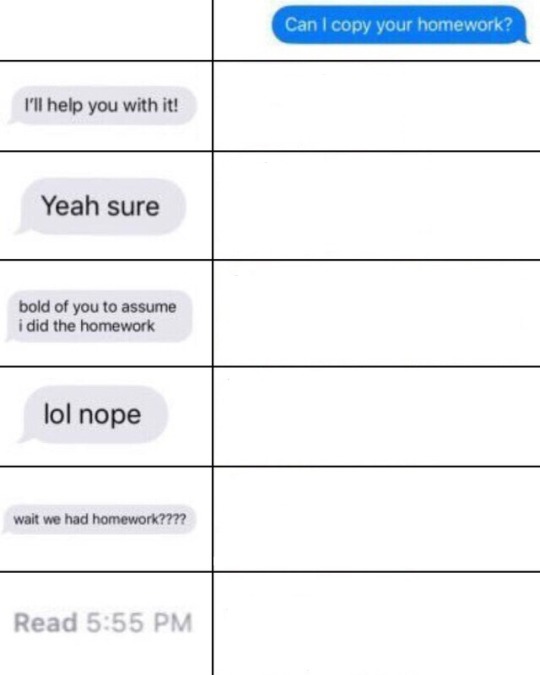
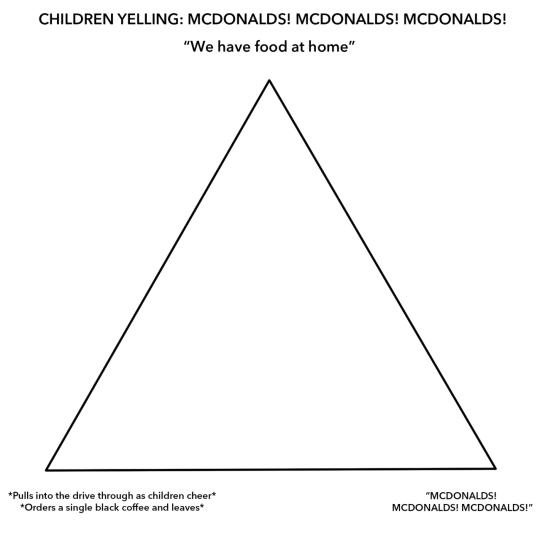
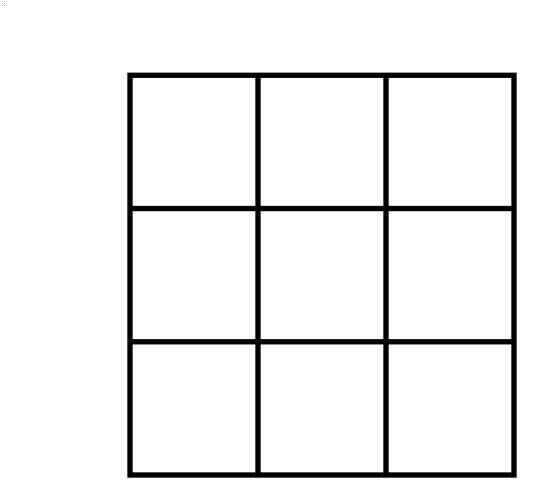
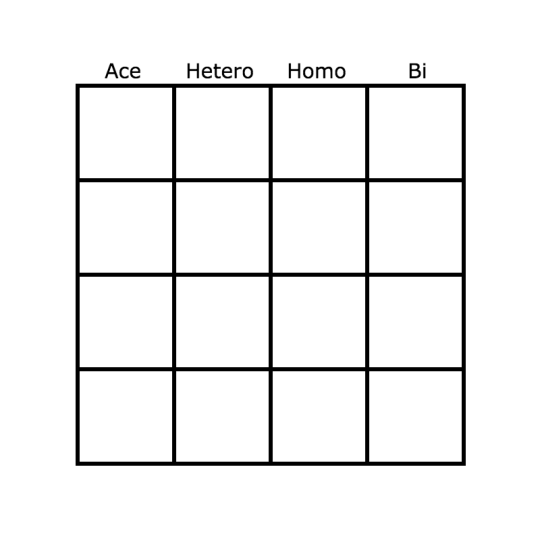
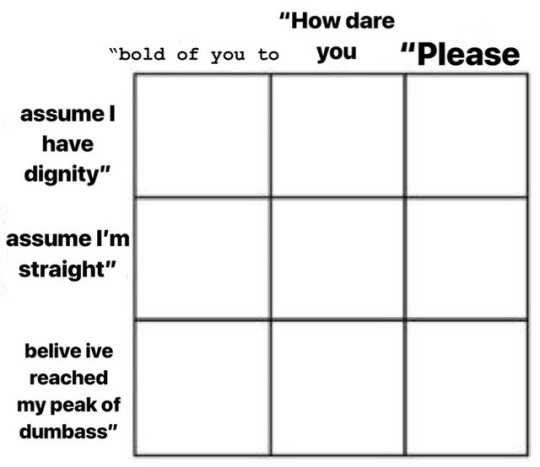
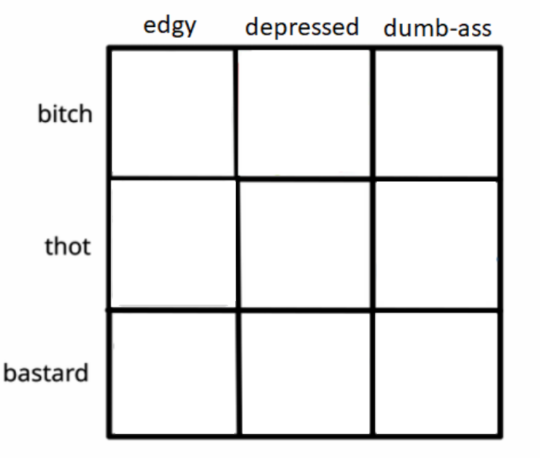
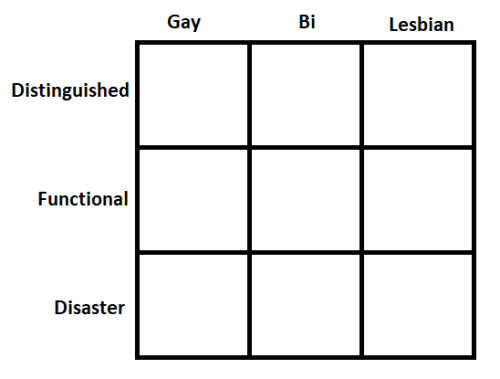
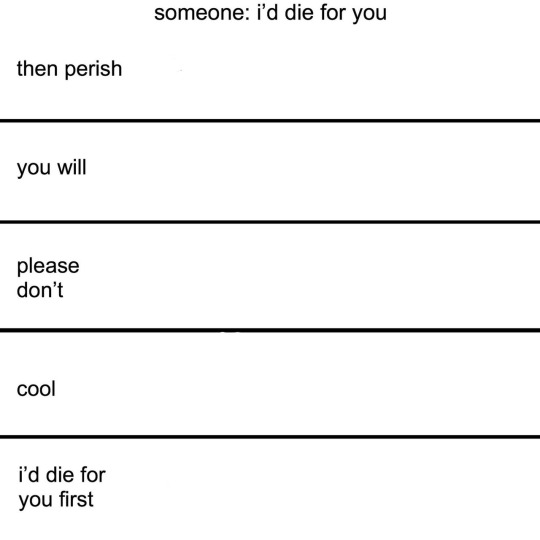
334K notes
·
View notes
Photo

Design graphics Geya Shvecova (Electric_Glow_200119)
4K notes
·
View notes
Text
Basic Sharp Force Trauma Guide (part 1)
Sharp force trauma is the terminology used to describe an injury caused by a sharp or pointed tool. It can separated into 3 distinct types of wounds: stab, incised and chop.

Stab (top) - these are defined as having a depth greater than their length. Commonly these are knife wounds but other implements such as scissors, screw drivers and barbecue forks are often used to create stab wounds.
Incised (middle) - these are defined as having a length greater than their depth. Once again, knives are often the main culprits for these injuries and they tend not to be fatal, except if they cross a major artery.
Chop (bottom) - chop wounds are caused by objects that are both heavy and sharp (e.g axes and hatchets). They create injuries that display the smooth edges typically seen in stab and incised wounds but with the addition of abrading and crushing of the surrounding tissue.
Always remember: The depth of a stab wound cannot reliably inform the length of the knife used as a) it may not have been fully inserted into the victim or b) it may have been forcibly fully inserted causing the soft tissue to compact and compress leading to a wound deeper than the length of the knife used.

2K notes
·
View notes
Text
Bro: *touches my face* Bro do you moisturize?
Me: nah why?
Bro: your skin's so soft bro
0 notes








